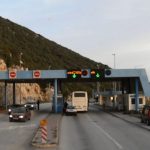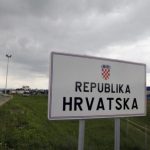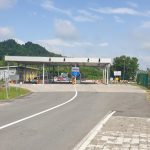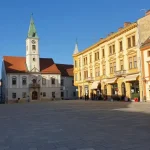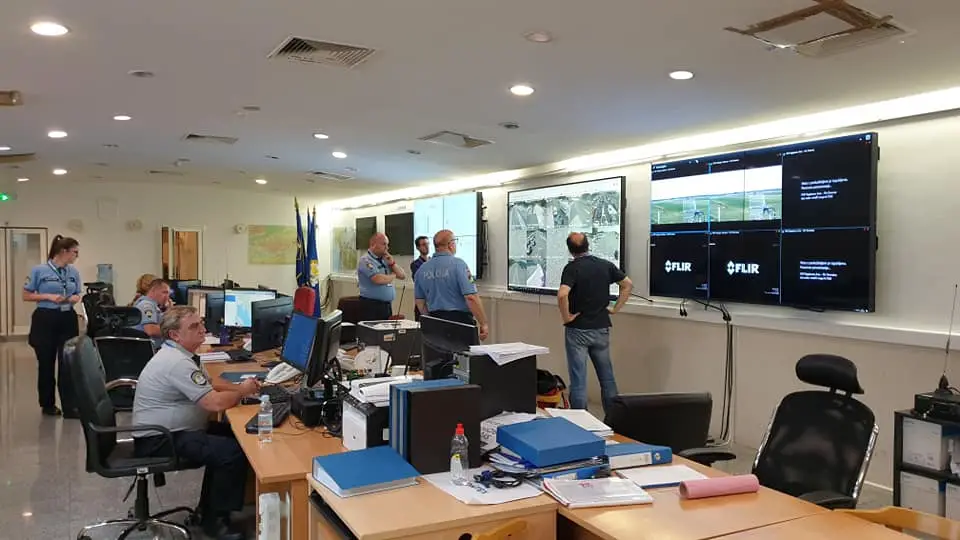
June 9, 2020 – How is the Croatia border control working? TCN takes an exclusive tour of the working system, and our verdict is 10 out of 10 for the Croatian police and border control. As for the tourism chiefs…
Until last week I had only met one government minister in my 18 years here, as well as Prime Minister Andrej Plenkovic.
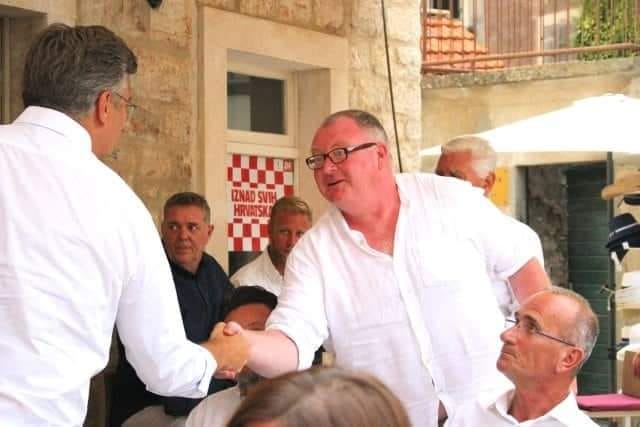
(Photo credit Vivian Grisogono)
I met the current PM a couple of years ago in Jelsa, when he called me over for a chat, a chat which ended with a promise that he would not be suing me.
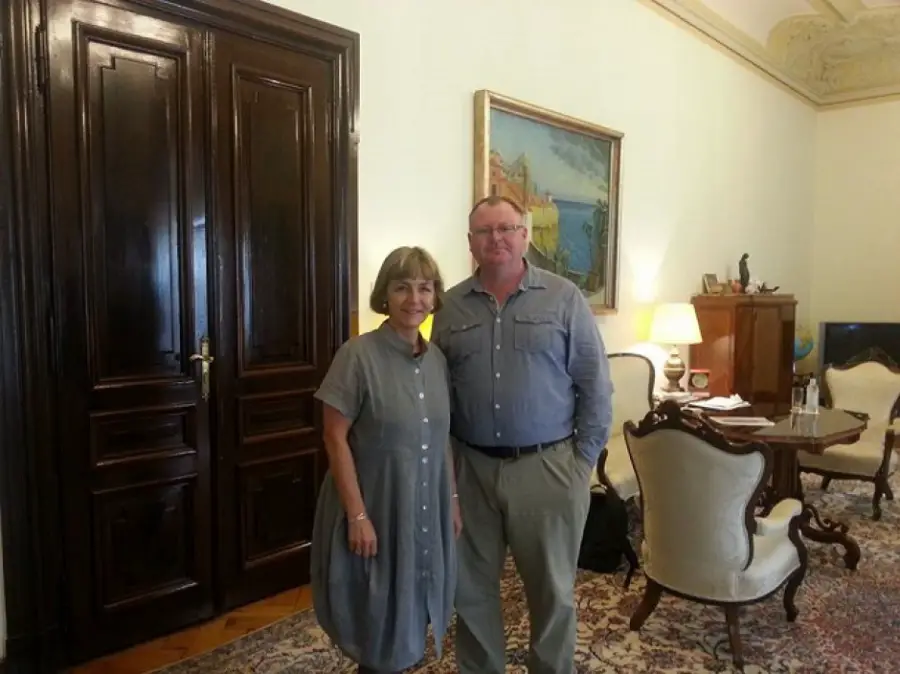
The only minister I met was the then Foreign Minister, Vesna Pusic, who kindly agreed to be my first ever interview on a new news portal called Total Croatia News, which launched on July 7, 2015. You can read the interview here.
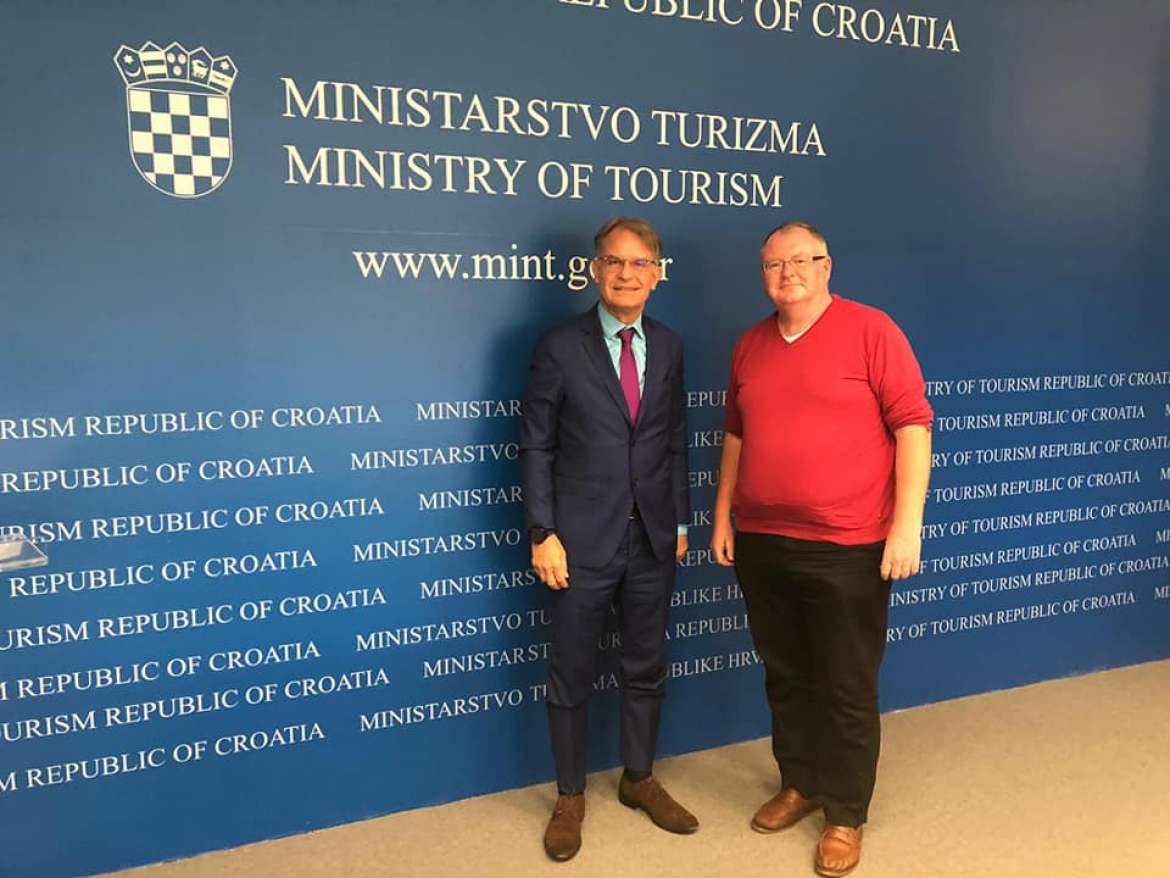
Last week, I met two ministers in the same week, and both very fascinating insights into the current situation in the corridors of power as Croatia presides over the Presidency of the EU during the COVID-19 pandemic.
First up, Minister of Tourism Gari Cappelli, who called me up for a chat and meeting in his office, during which he gave TCN some exclusive updates on the plans of the EU to open borders. You can read the interview here.
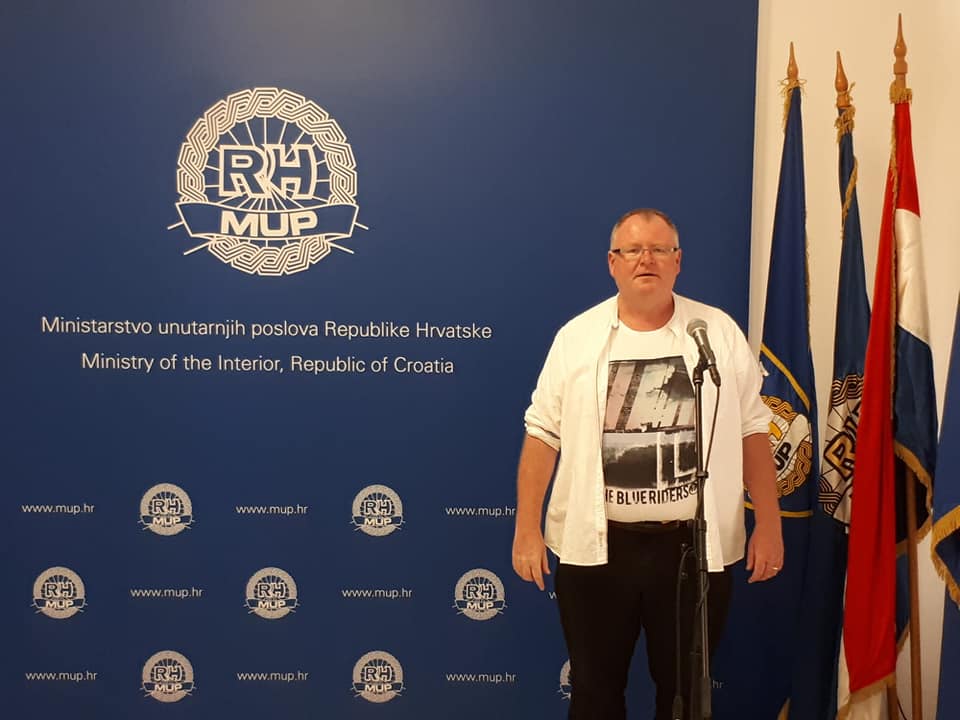
On May 17th, I visited the Croatian – Slovenian border with Kresimir Macan, former communications director for PM Plenkovic. As information about the actual situation at the border crossing was so unclear, I requested – and received – permission to visit the border with Macan to report on the situation first hand. It was quite an eye-opening experience: Who Can Cross the Croatia Slovenia Border? Who Cannot? A May 17, 2020 Border Visit
Since that visit to the border, an online registration form became available on the Interior Ministry website at the address entercroatia.mup.hr. The form, now in 11 languages, was intended to speed up the border procedure, as well as help the police track all visitors in the event of a corona outbreak.
At our May 17 border visit, the pace of the border control was painfully slow. The border police had to manually enter the details of the reservation and record contact details. Each car was taking 5-8 minutes to process, which would clearly be a disaster in the peak season. An emergency software fix was procured, and I was curious to see how it worked. I will refer to it more below, but this information is important for EVERY foreign visitor to Croatia at the moment, whether you are coming by land, sea or air.
1. If you fill the form in with your details (choose from 11 languages), you will receive an email from the police confirming receipt. Print this off, as well as your confirmed reservation, and show at any borders you encounter on the way, and you will be allowed to transit.
2. The procedure to proceed through the border if you have already registered is less than one minute, so 5-8 times quicker than three weeks ago. Simply hand over your passport, which will be scanned. All relevant details will be sent to Interpol, Schengen, and the Croatian ministries of health, tourism and the interior. This includes all the accommodation details and your contact numbers entering into the system. It is an outstandingly efficient system and is reducing the waiting time at the border considerably.
3. Even if you are from the 10 countries which now have open borders with Croatia, the official advice is to fill in this form, because it will reduce the waiting time at the border.
A fabulous system, put together in record time, and severely reducing the waiting times at the border just in time for peak season. Congratulations to the Croatian police and all involved in the project.
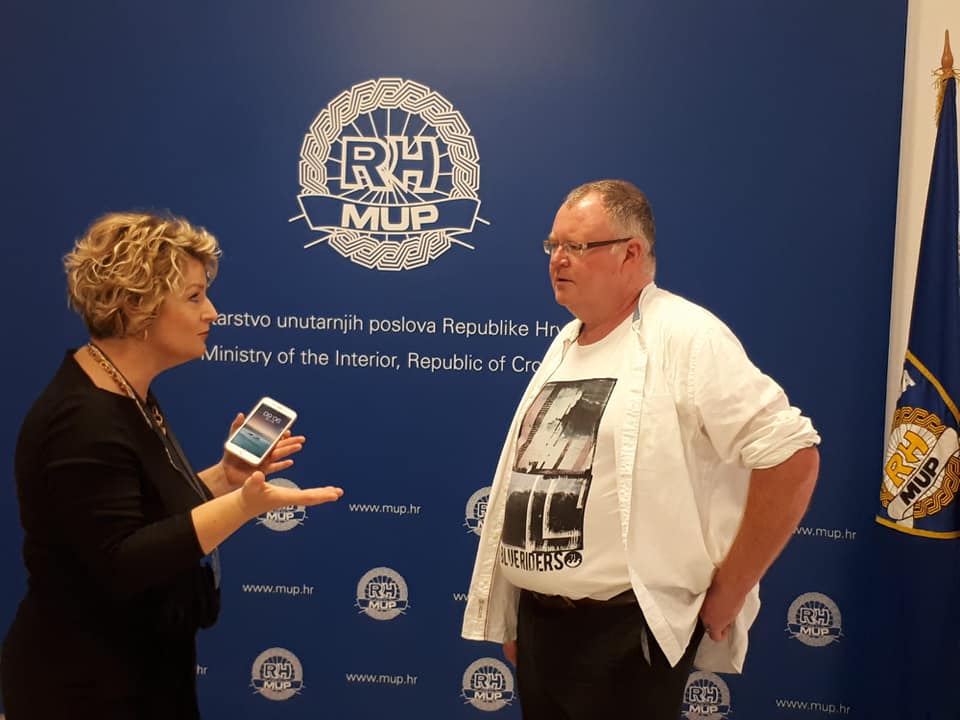
My tour was organised by Marina Mandic, the Ministry PR lady. It was such a seamless service that I actually felt I was no longer in Croatia, but had been transported to another country where efficiency was the order of the day.
I am often very critical of Croatian officials, so here it is, when I see someone doing an outstanding job, I am happy to tell the world. Bravo, Ms. Mandic, and thank you for such a fascinating tour.
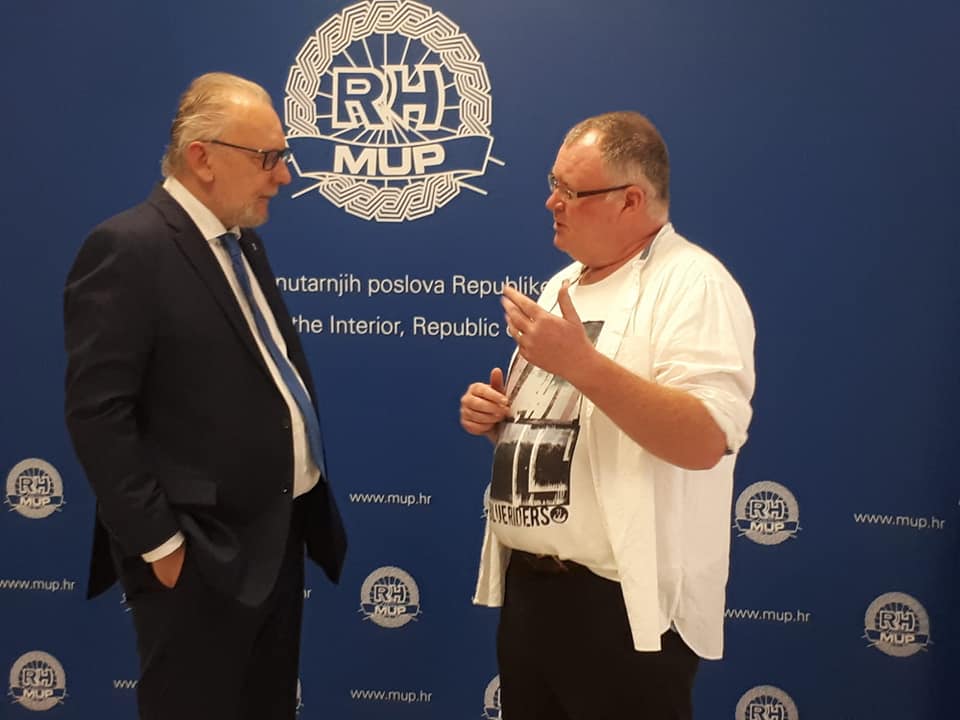
Minister Bozonovic was happy to chat and answered various questions that I had. It was a very organised process from start to finish.
After an overview of border procedures with the Assistant Head of the Border Police Directorate, Gilio Toic Sintic, it was time to enter the room about which I was most curious – to meet the team answering all the emails from tourists trying to get official information about their particular cases – would they be allowed to visit Croatia?
After a slow start, the official information about travel to Croatia started to come together. The best source of information came on the Interior Ministry website, and a dedicated FAQ section covered most of the questions. For those who could not find an answer to their question (or were too lazy to search), there was a form to fill in where you could post your question. This FAQ and form is available in English, German and Croatian.
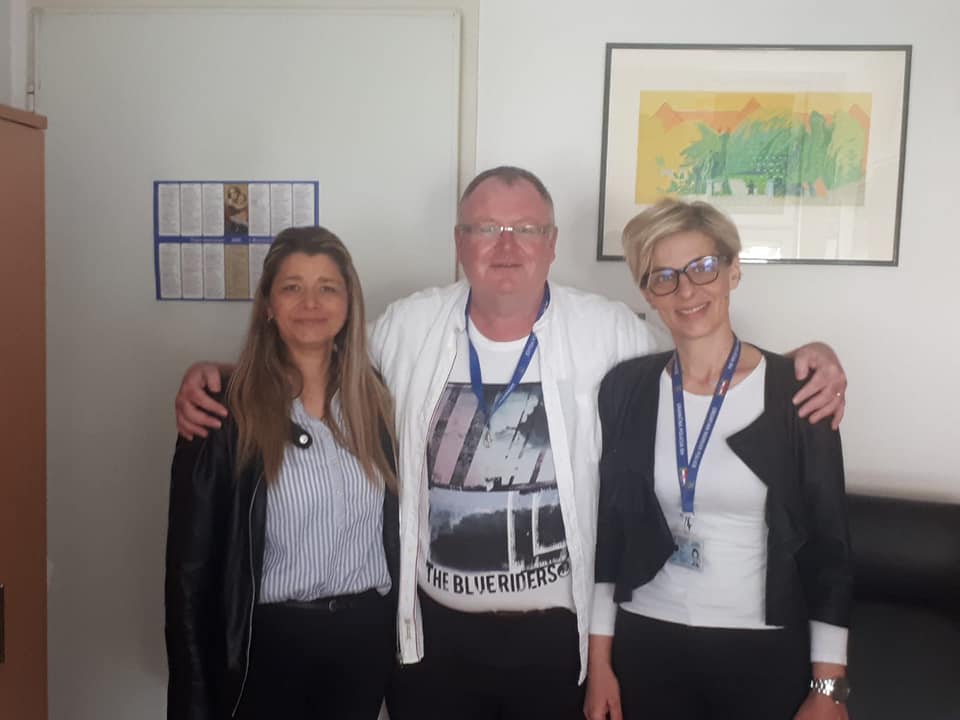
Two days after Kreso Macan and I returned to the border visit of May 17, we launched the Viber community, Total Croatia Travel INFO in an attempt to try and help tourists find the latest information and answer their questions, as there was so much confusion out there.
We also started a daily travel update page, with all the latest information and links to the latest news. Soon after that, we had the daily travel update available in 24 languages.
One of the many interesting bits of feedback we got from our new Viber community (join here, but you need to download the app), was that it was taking 5, 8, 9 days to get an answer from the official email address at the ministry – if there was an answer at all. I was curious to find out why, and so I was curious to meet the team answering the emails.
It was quite an eye-opener.
Meet part of the dedicated team from the Croatian police department (that’s right, while Croatia is breathing tourism, it is left to the police to answer those tourist questions such as ‘when will flights to Split start?’ 28,000 questions so far. Questions in Hungarian and Portuguese. So many emails, indeed, that the Croatian police have had to request help from police departments all over the country.
In a land of a national tourist board, 20 regional and 319 local tourist boards, a Ministry of Tourism, and a tourism section in the Croatian Chamber of Economy, there was nobody free to answer the emails, so the police have had to allocate extra resources to help.
At a time when police resources are already stretched due to corona. Ministry of the Interior 3, the official Croatian tourism chaps 0.
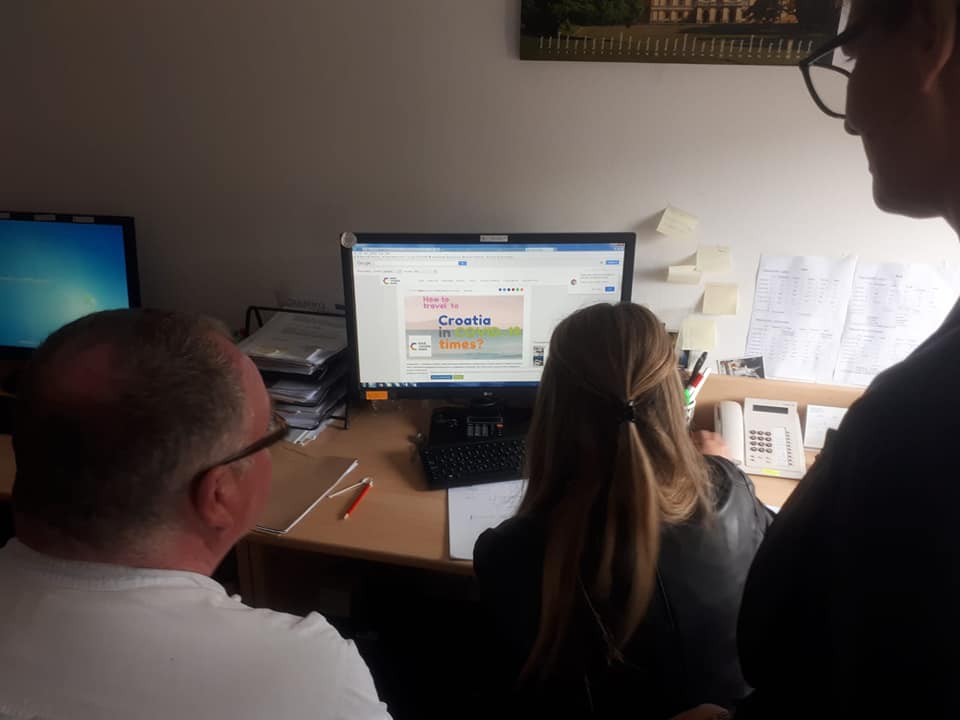
I was expecting to find huge inefficiency due to the unanswered emails, but quite the opposite. Here was a dedicated bunch of people working hard to get through the mountain of emails. In all manner of languages that they could not comprehend.
I offered to show them some tools which could help reduce the job. I showed them our Viber community and our travel update.
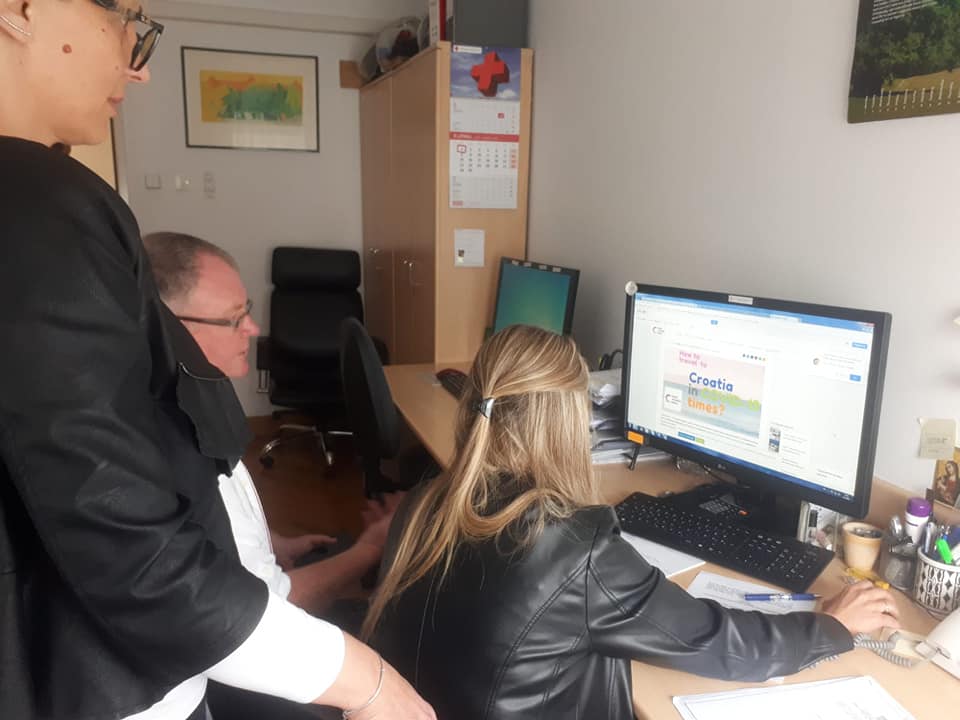
And our travel update in 24 languages. Feel free to send the link, copy a paragraph of info, whatever it is that you need to do to make your job easier.
Two immediate takeaway suggestions I have to share with you.
1. If your enquiry is tourism-related, send your enquiry to [email protected]. This is the Croatian National Tourist Board, and they are one of the most responsive press departments I have encountered in Croatia. They will (or should) have better information on tourism matters than the police.
2. If you want a quicker response from the police to your enquiry, they can comfortably cope with enquiries in English, German and Croatian. If you send your enquiry in Portuguese or Hungarian, it will be greeted with less enthusiasm, and so probably a slower response time. The police are VERY busy, so my advice is to make it as easy as possible for them.
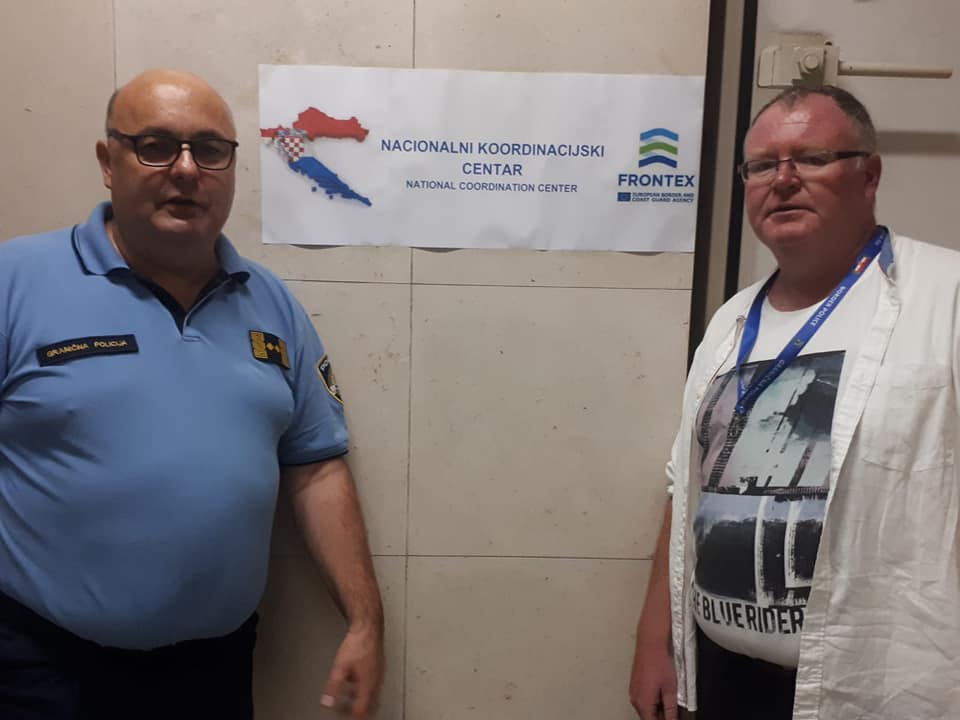
Next up, the National Coordination Centre, the pulse of border control.
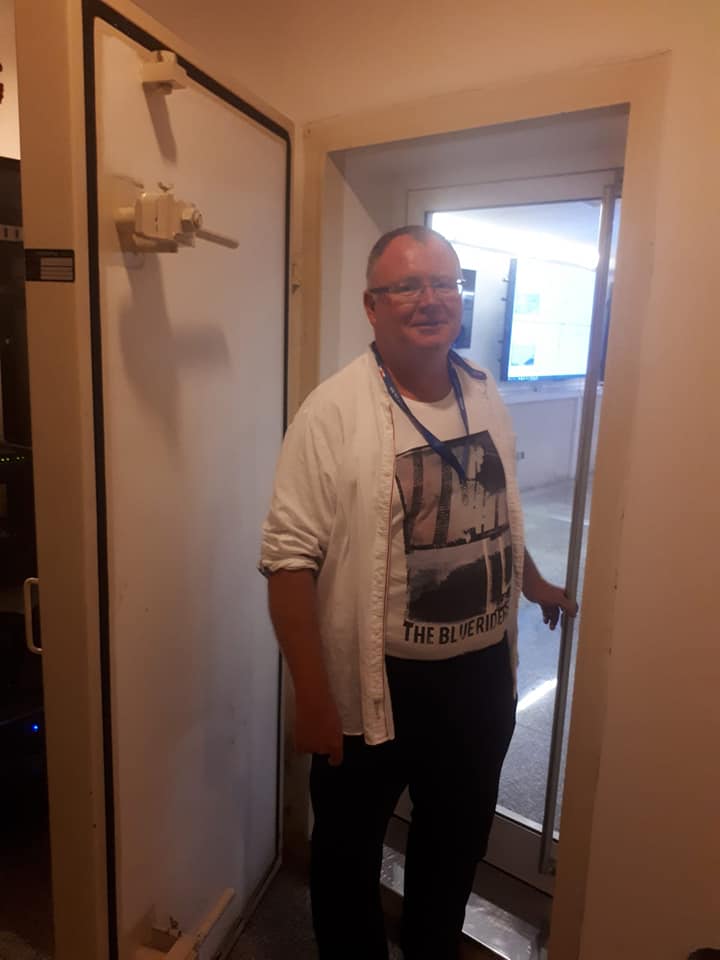
This was a very secure room…
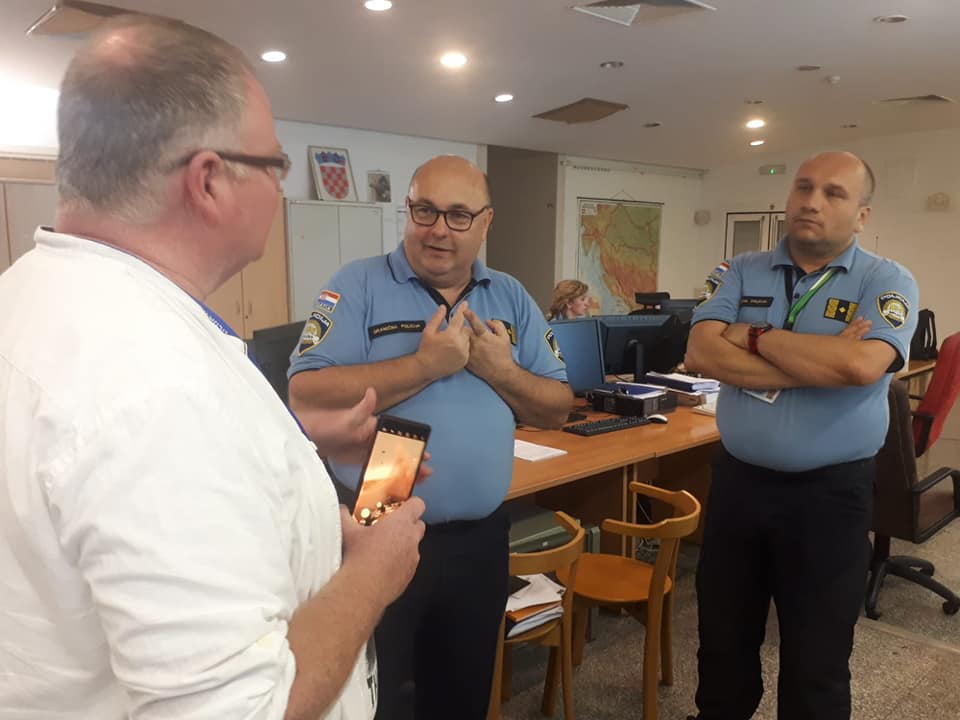
I wasn’t sure how welcome an enquiring foreign journalist would be, or how much access I would get, or what photos I would be allowed to take and publish.
The answer was that there were some limits regarding photography – understandably – but everyone I encountered was extremely forthcoming with information and professional in its approach. Did I say that this ministry behind the scenes ran like clockwork?
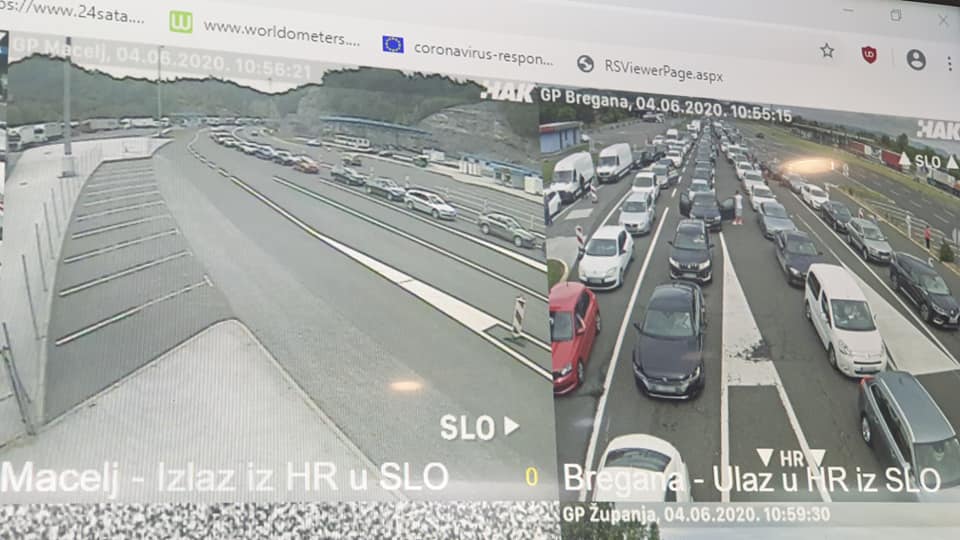
All the borders on one giant screen, so that resources could be reallocated as the need allowed. There was also a customs officer working in the control room, so that all border issues were addressed efficiently and immediately.
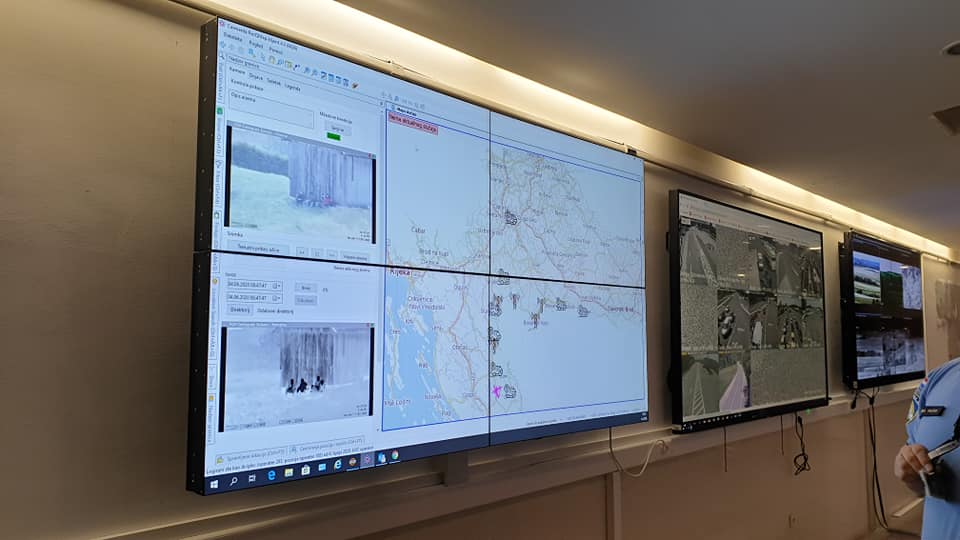
And the police were keeping on top of migrant movements on the eastern borders.
Really impressive stuff, all explained with warmth and humour. My question about when Croatia would join Schengen drew a wry smile or two, and we had a good exchange over the policing of Liberland.
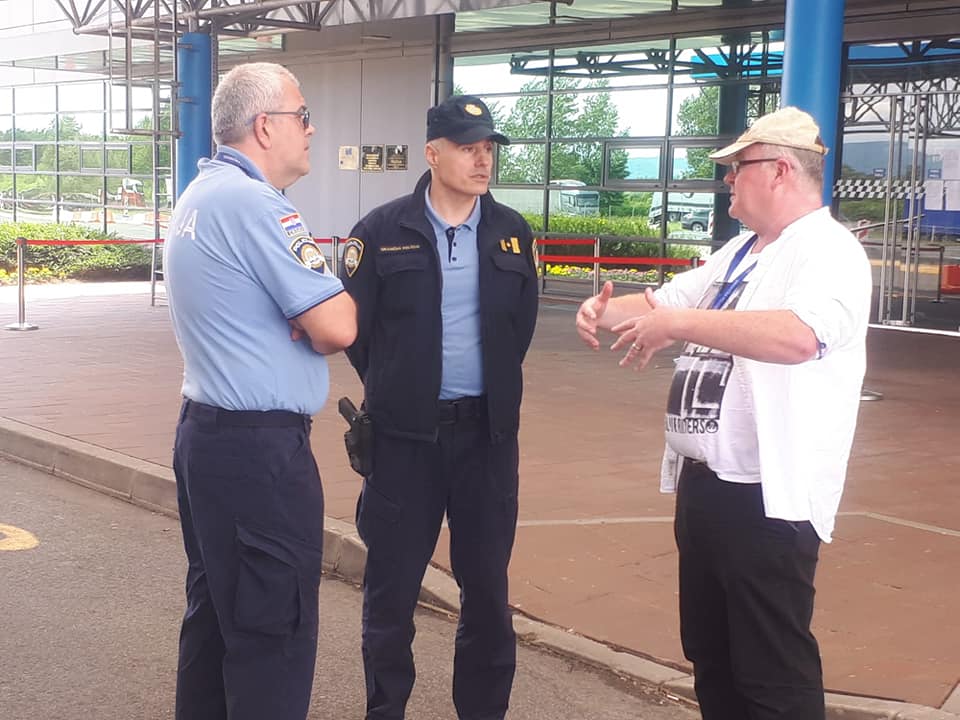
Next it was off in the Macan Porsche to Bregana, the main border crossing between Croatia and Slovenia, where the border police could not have been more helpful. After explaining our mission, they again gave us more access than I was expecting.
It seems that the system with the online form is working well. Between May 28 and June 4, 56,000 people entered Croatia using the form, from a total of 25,799 applications. One thing that surprised me a lot was the number of transit passengers. About half the foreign visitors entering Croatia are in transit to Serbia, Bosnia, Greece and Turkey etc.
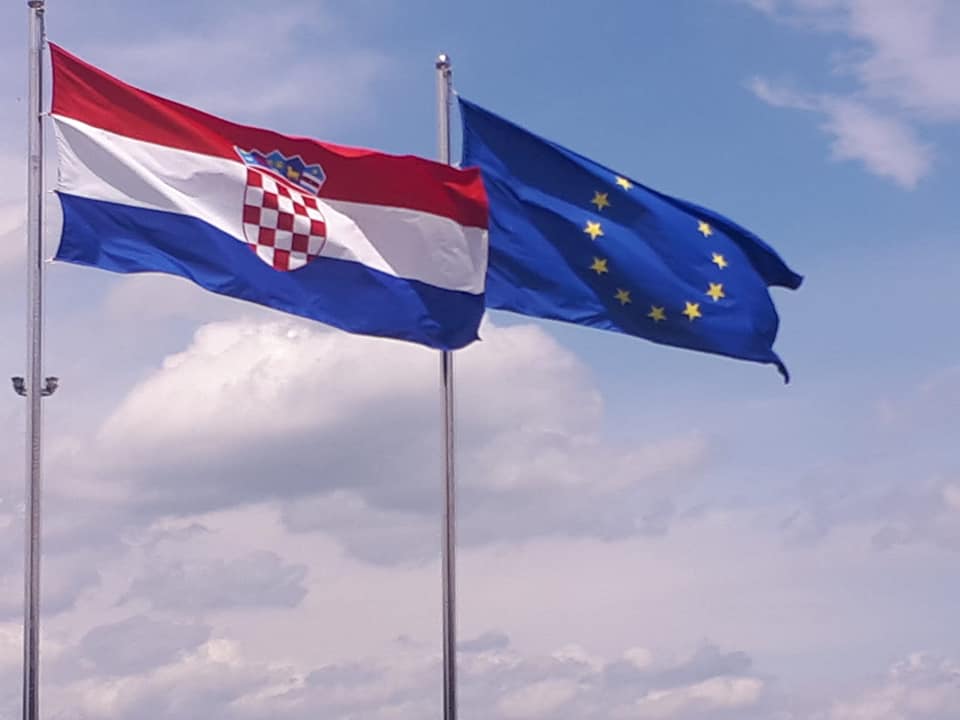
Yes there were some people who were refused entry, an average of 2-3 a day at Bregana (this border currently handles between 5 – 8,000 people a day). This is true in and out of the season, but the message was clear – if you have your documentation in order and have filled in the entercroatia.mup.hr form, you will have no problems entering.
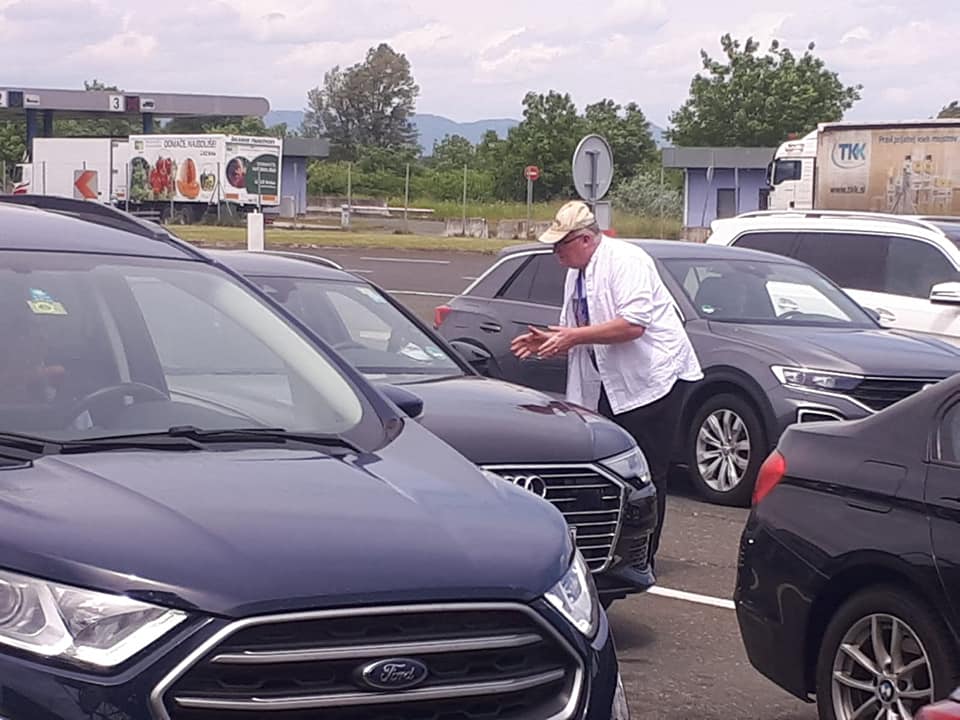
I asked a few of the tourists coming into the country, and I was surprised at the amount who had filled in the form – they all showed me the police confirmation print out, which they had showed at all transit borders on the drive from their homeland. The system seemed to be working superbly.
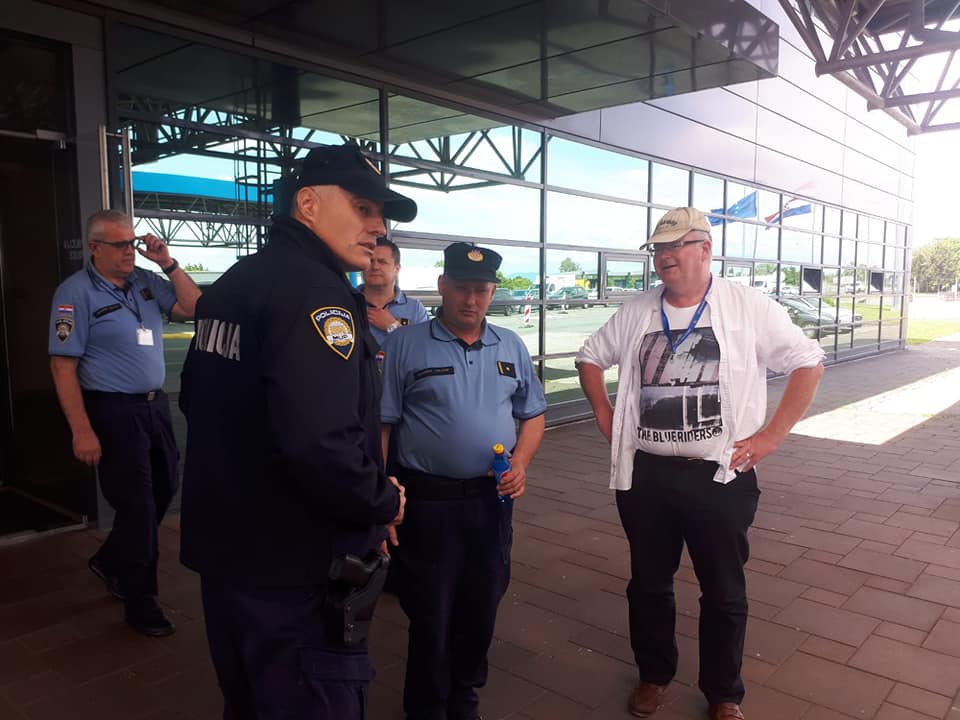
What a day! Certainly one of the most interesting mornings in my 18 years in Croatia.
My thanks to all the team at the Interior Ministry and the border control and border police. A supremely efficient operation.
And you STILL have time to answer all those tourist emails…
For the latest travel info, bookmark our main travel info article, which is updated daily.
Read the Croatian Travel Update in your language – now available in 24 languages
Join the Total Croatia Travel INFO Viber community.

